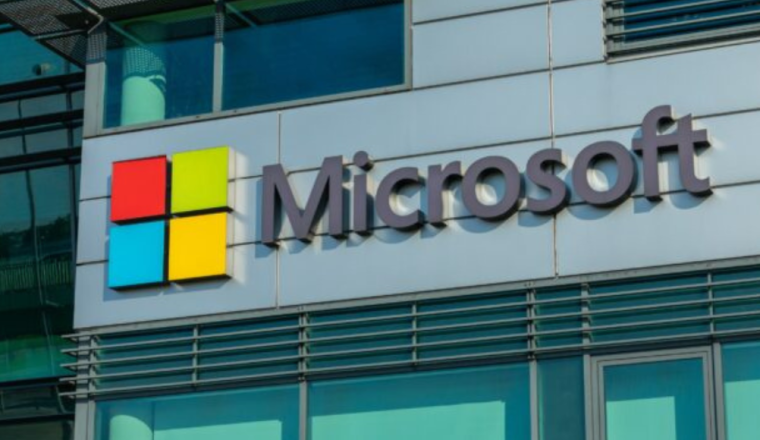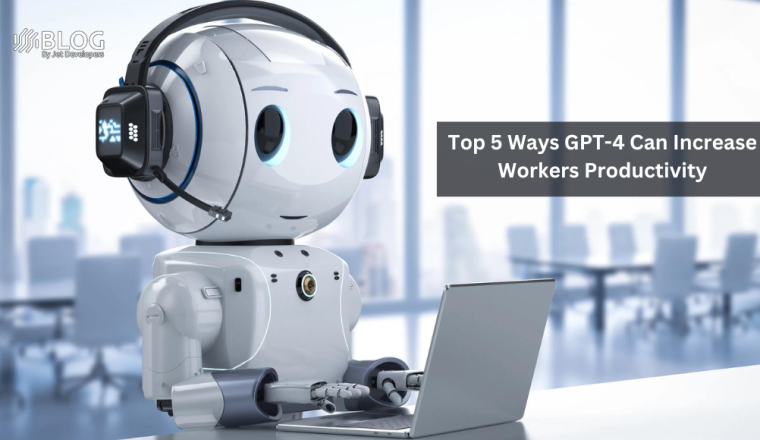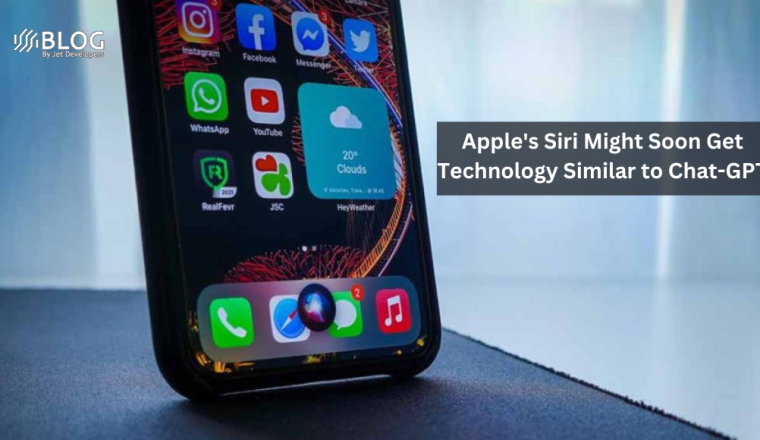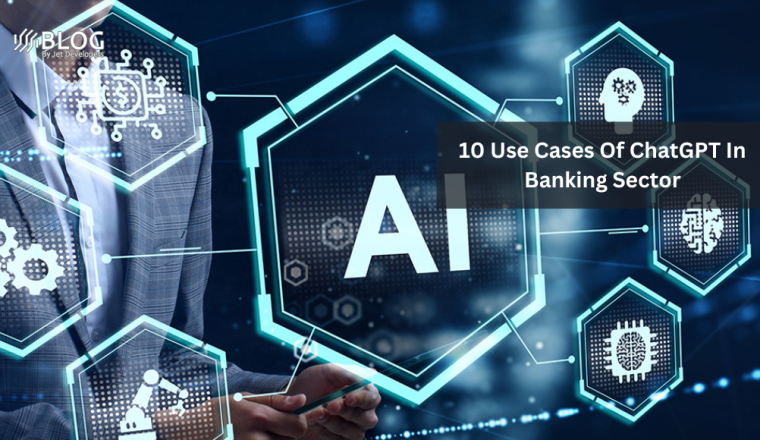Microsoft Announced OpenAI’s GPT-4 Access to US Government Agencies
In a significant development, Microsoft has announced that it will provide government agencies in the U.S. with access to OpenAI’s artificial intelligence (AI) models, including the highly regarded GPT-4 and its predecessor. This move aims to empower government offices by harnessing the capabilities of AI and leveraging the benefits of Azure OpenAI services.
At the forefront of Microsoft new Bing search engine, OpenAI’s GPT-4 has proven to be a formidable force, capturing the attention of companies seeking to optimize their data utilization through AI-driven insights. With over 4,500 customers already benefiting from Azure OpenAI services since its launch in January, major corporations such as Mercedes, Volvo, Ikea, and Shell have embraced this technology to enhance employee productivity and data analysis.
While private companies have eagerly adopted AI to revolutionize their operations, government agencies have often lagged behind in adopting these transformative technologies. However, Microsoft’s latest offering breaks down those barriers, extending the opportunity for government offices to leverage powerful AI models effectively.
By integrating OpenAI’s AI models into their operations, government agencies can tap into the immense potential of AI, unlocking opportunities for improved decision-making, enhanced efficiency, and increased productivity. The availability of Azure OpenAI services to government entities signifies a pivotal step toward enabling data-driven insights and advanced analysis in the public sector.
Through this collaboration, government agencies will gain the means to harness the capabilities of OpenAI’s cutting-edge AI models, enabling them to derive valuable insights from vast amounts of data and make informed decisions. This technological leap promises to propel government operations into a new era of efficiency and effectiveness, ultimately benefiting the public at large.
With the convergence of Microsoft’s Azure OpenAI services and OpenAI’s powerful AI models, government agencies now have a transformative tool at their disposal. This development marks an important milestone in bridging the gap between private and public sectors in the adoption of AI, paving the way for innovation and progress in government operations.
What is Microsoft offering?
Microsoft will allow government agencies to access GPT-4, GPT-3, and Embeddings from OpenAI using the Azure OpenAI service. Embeddings measure the relatedness of text strings and are helpful in operations such as Search, Clustering, Anomaly Detection, and Classification, to name a few, as per OpenAI’s website.
These services are aimed at helping government agencies “improve efficiency, enhance productivity and unlock new insights from their data,” Microsoft wrote in a blog post. Users of this service can use REST API, Python SDK as well as the web-based interface in Azure AI Studio to adapt AI models to specific tasks.
Using the service is expected to help government agencies accelerate content generation, reduce the time and effort required for research and analysis, generate summaries of logs, and rapidly analyze long reports while also facilitating enhanced information discovery, a Microsoft blog post stated.
Users will also be able to build custom applications to query data models and generate code documentation, processes which have historically been very time-consuming.
Ensuring the security of government data
Since most government agencies tackle sensitive information that needs a high level of security, Microsoft will provide these services through Azure Government which uses stringent security and compliance standards.
Government agencies will use the AI services on the Azure Government network, which will pair directly with the commercial Azure network over Microsoft’s own backbone networks. Through this architecture, Microsoft guarantees that government applications and data environments remain on Azure Government.
Additionally, Microsoft encrypts all Azure traffic using AES-128 block cipher and ensures that the traffic remains within Microsoft’s networks and is never made part of the public internet. Microsoft has also clarified in the blog post that government data will not be used to learn about the data or to train or improve the AI models.
Specifically, Azure Government users will not have access to ChatGPT, the conversational chatbot commonly accessed by users on the internet, a Microsoft spokesperson confirmed to Bloomberg.
This should put to rest any concerns about government or individual data being accidentally released to the public due to some misgivings about the technology from a state or federal employee, unlike what happened at Samsung.
















